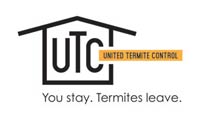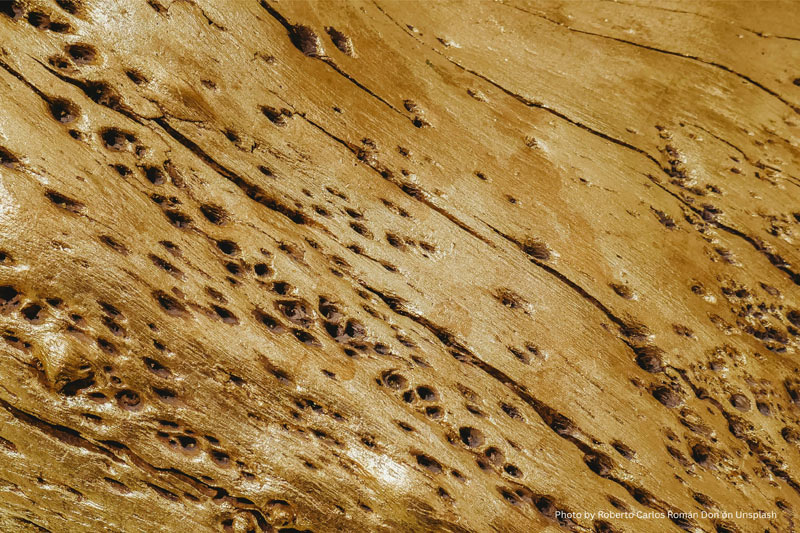How to Maintain Your Home After Termite Repair
Dealing with termites can feel overwhelming. Termite damage often affects your home’s structure, furniture, and even resale value. Once you’ve gone through the process of termite repair and termite treatment, it’s important not to let your guard down. The reality is that termites can return if preventive steps aren’t taken. Post-treatment care should include regular termite inspections, long-term prevention strategies, moisture control, and monitoring your landscaping and wood structures.
Many homeowners believe that once the termites are gone, the job is finished. Unfortunately, skipping follow-up maintenance can put your property right back at risk. In this guide, you’ll learn effective strategies for maintaining your home after termite repair and protecting your investment for years to come.
Is a House Safe After Termite Treatment?
After completing termite treatment and repairs, your home is considered safe for occupancy. Full-home fumigation generally requires homeowners to vacate for one to three days while the process is completed.
During fumigation, technicians enclose the structure and release treatment gases that eliminate hidden termite colonies. Once the treatment period ends, they ventilate the property and test the air to confirm it’s safe for your family and pets to return.
Modern termite treatments are also less invasive. Localized injections minimize airborne chemicals, helping reduce unnecessary exposure. Orange oil treatments are low-impact and often allow you to remain in your home during the process. In some cases, heat treatments are used to eradicate termites without chemicals at all.
How Long Does a Termite Treatment Last?
One of the most common questions after termite repair is: How long will the treatment protect my home?
- Liquid barrier treatments can remain effective for up to five years, creating a protective shield in the soil.
- Soil barrier applications specifically target subterranean termites before they reach your foundation.
- Baiting systems provide ongoing protection but require regular maintenance checks.
- Localized spot treatments deliver immediate results but may need reinforcement if termites are found elsewhere on the property.
The key isn’t just a single treatment—it’s ongoing termite inspections. Licensed professionals can catch early warning signs and recommend preventive action before significant termite damage occurs.
Implement Preventive Termite Treatment
After the initial termite repair, prevention should be your priority. Termites are persistent, and without protective measures, another colony could eventually target your home.
Preventive options include:
- Chemical barriers applied around your foundation to stop termites from entering.
- Soil treatments that neutralize colonies in nearby soil before they become a problem.
- Landscape management, including routine treatment of trees, shrubs, and plants that might harbor termites close to your property.
Think of preventive treatment as home insurance against termites—an affordable step today that could prevent thousands of dollars in repairs later. Many pest control companies also offer annual protection plans with inspections, treatments, and monitoring included, so you don’t have to worry year-round.
Moisture Control: Your First Line of Defense
Moisture is one of the biggest termite attractants. Since termites thrive in damp, dark environments, controlling moisture around your home is one of the most effective ways to prevent reinfestation.
Here are practical steps you can take:
- Inspect plumbing regularly. Even minor leaks in walls, floors, or crawl spaces can create the perfect conditions for termites.
- Ventilate attics and crawl spaces. Proper airflow prevents dampness that encourages wood decay.
- Use a dehumidifier in basements or high-humidity areas.
- Maintain gutters and downspouts. Clogged gutters often redirect water toward your foundation, softening soil and making it easier for subterranean termites to invade.
- Ensure proper yard grading. Make sure your lawn slopes away from the home so rainwater drains off instead of pooling near the foundation.
By addressing these moisture issues, you’re not just reducing termite risk—you’re also protecting your home’s overall health.
Landscaping and Wood Structure Maintenance
Your landscaping choices can either invite or discourage termites. To minimize risk, pay attention to these areas:
- Mulch: Wood mulch retains moisture and provides termites with a steady food source. Keep it at least 12–18 inches away from your foundation.
- Decks and fences: Inspect wooden structures often for hollow sounds or soft spots that could indicate hidden termite damage. Seal or paint exposed wood to extend its life.
- Rotting stumps and fallen trees: These are prime nesting spots for termites and should be removed promptly to avoid colonies forming nearby.
- Vegetation placement: Trim back shrubs, vines, and trees so they don’t touch your siding or roofline, since these create natural bridges for termites to travel into your home.
By staying proactive with landscaping and wood maintenance, you create a protective buffer that makes your home far less vulnerable.
Repairing and Preventing Termite Damage
Maintaining a home after termite damage requires vigilance and a proactive mindset. Here’s a quick checklist to keep handy:
- Schedule annual termite inspections with a licensed pest control service.
- Keep preventive barriers or bait systems in place and properly maintained.
- Control moisture both indoors and outdoors.
- Inspect wood structures frequently for hollow spots or decay.
- Address potential problems immediately before they grow.
With these steps in place, you’ll gain the confidence that your home remains secure and structurally protected.
Partner With a Trusted Termite Control Service
At United Termite Control, we understand how stressful termite infestations can be. That’s why we’ve been providing termite inspection, termite treatment, and termite repair services for nearly 20 years. Our approach blends proven methods with long-term prevention strategies to give homeowners lasting results.
When you work with our team, you get:
- Experienced termite inspectors who understand termite behavior.
- Termite treatment options customized for your specific home and environment.
- Preventive maintenance plans designed to protect your investment.
- Peace of mind knowing your property is safe and structurally preserved.
Don’t let termites become a recurring problem. Contact United Termite Control today for a free estimate and learn how we can help you repair, protect, and preserve your home for years to come.

